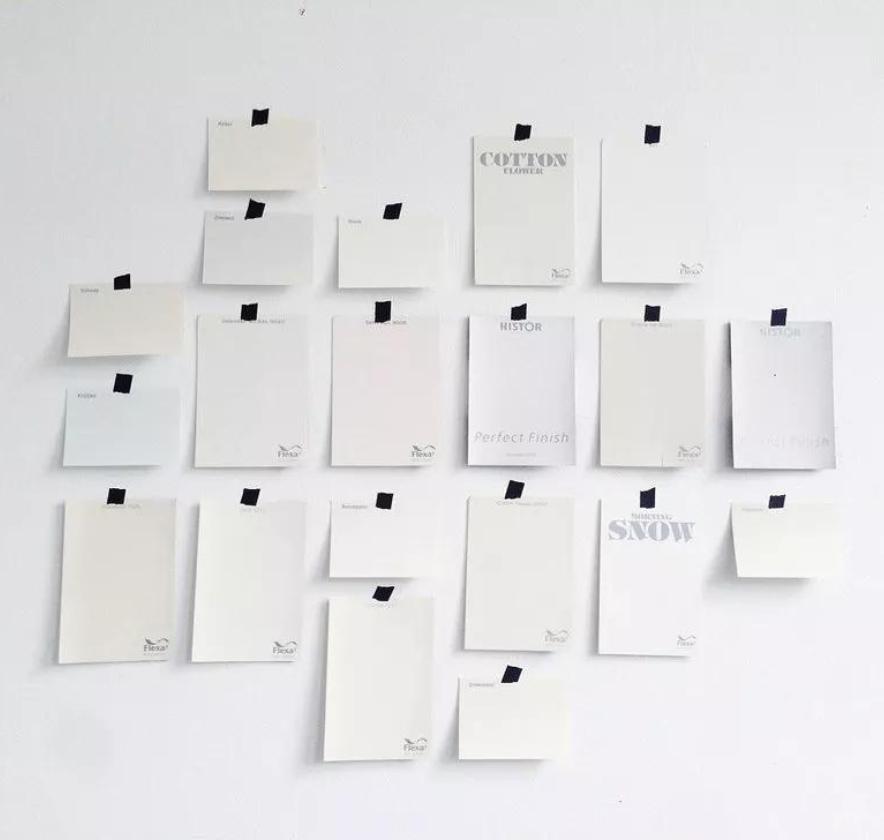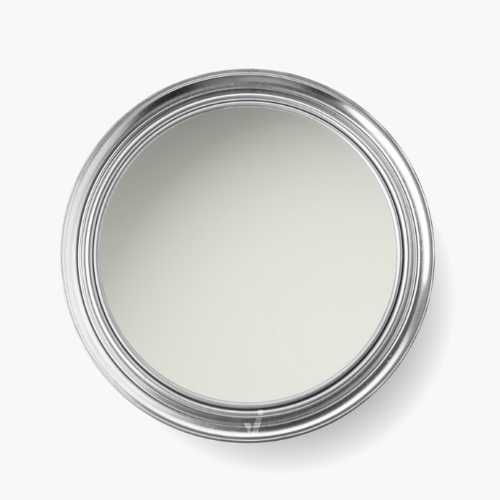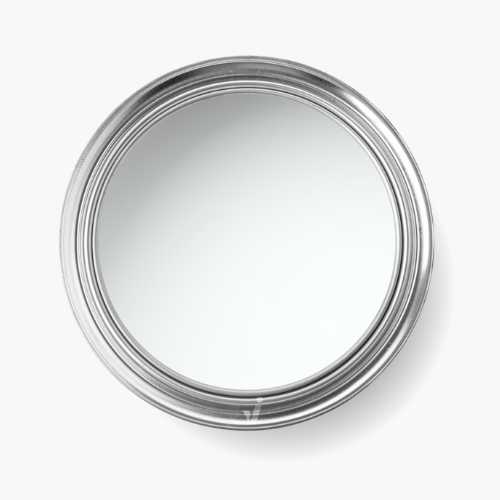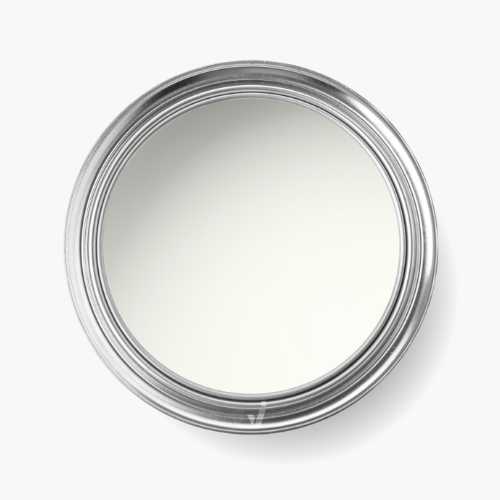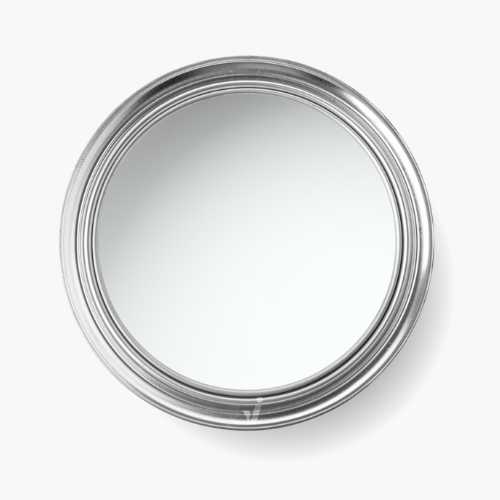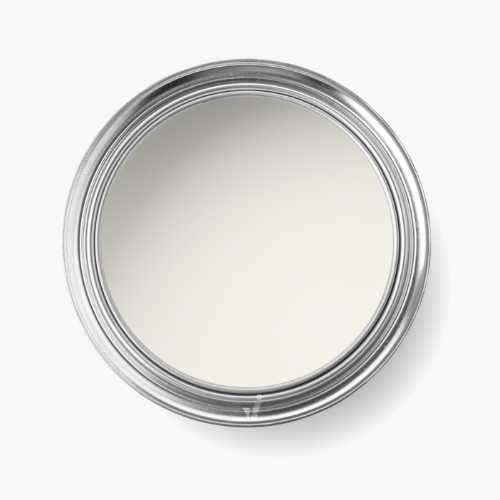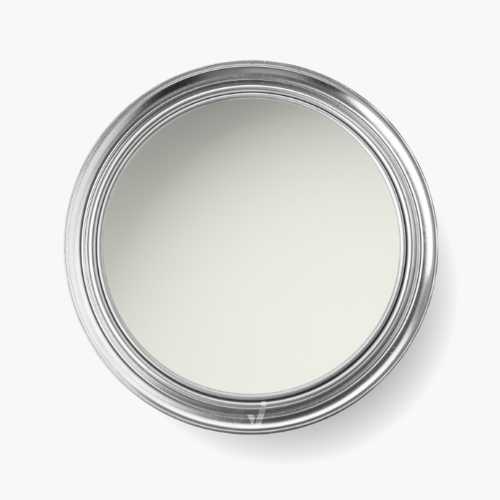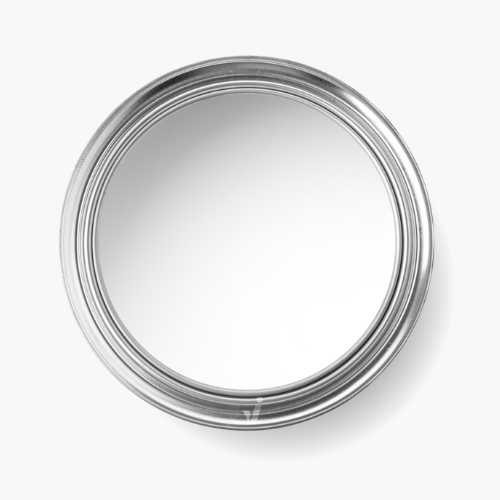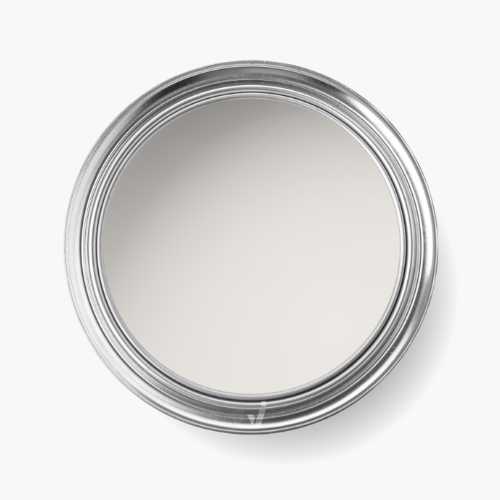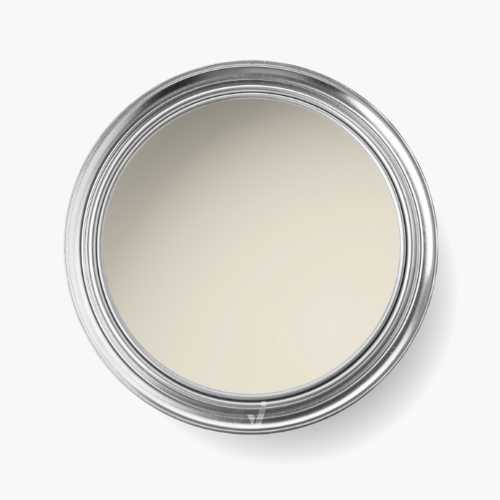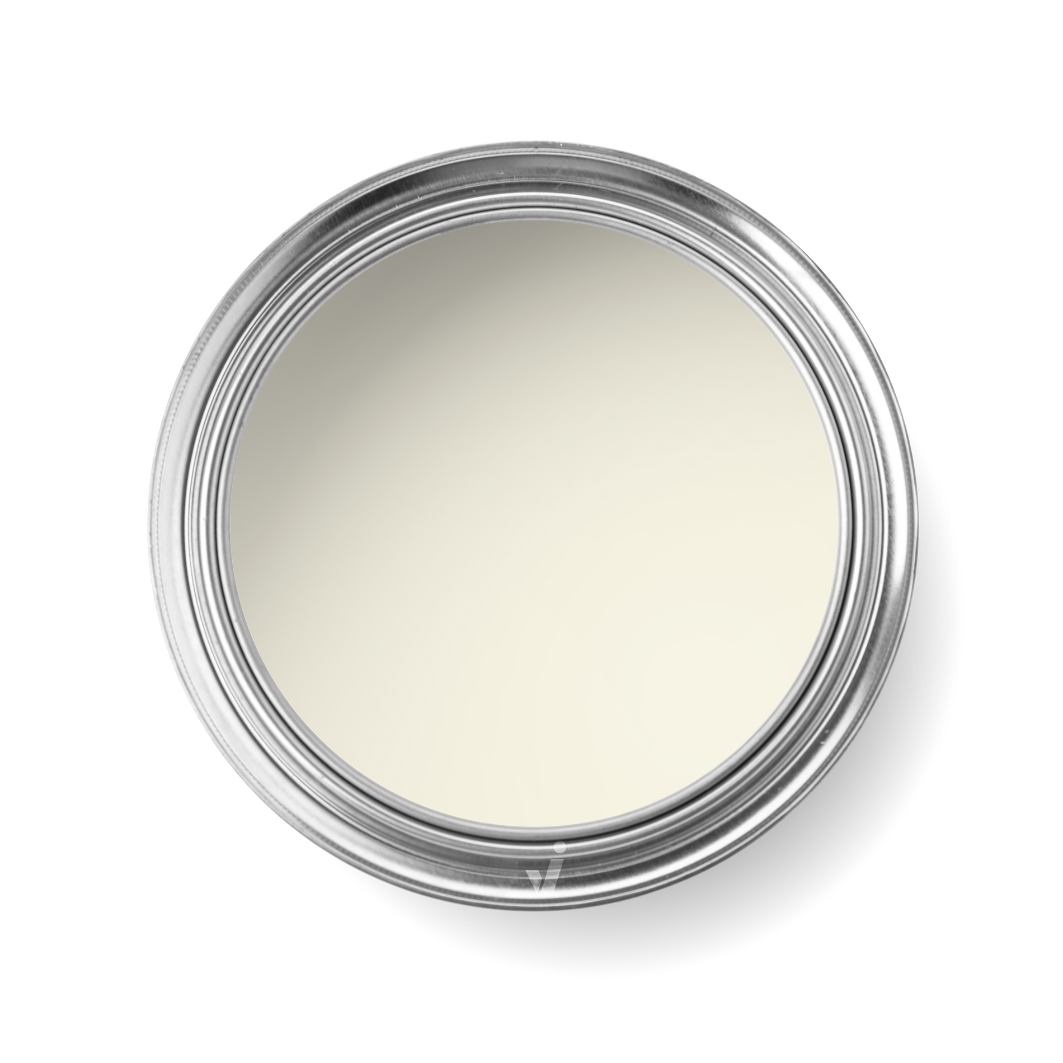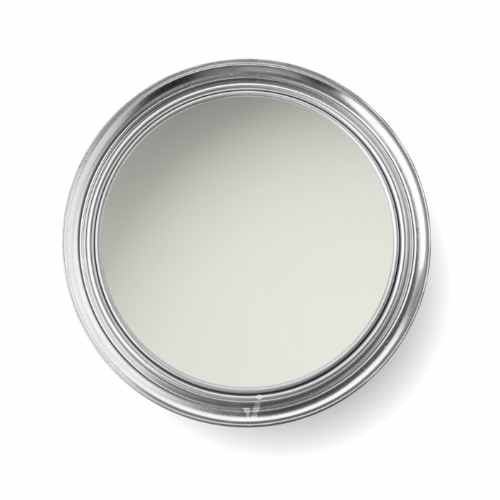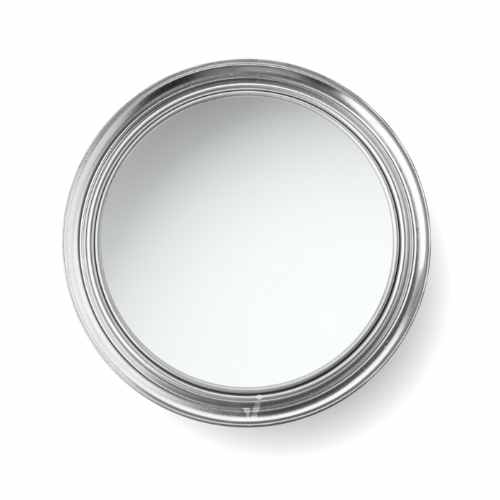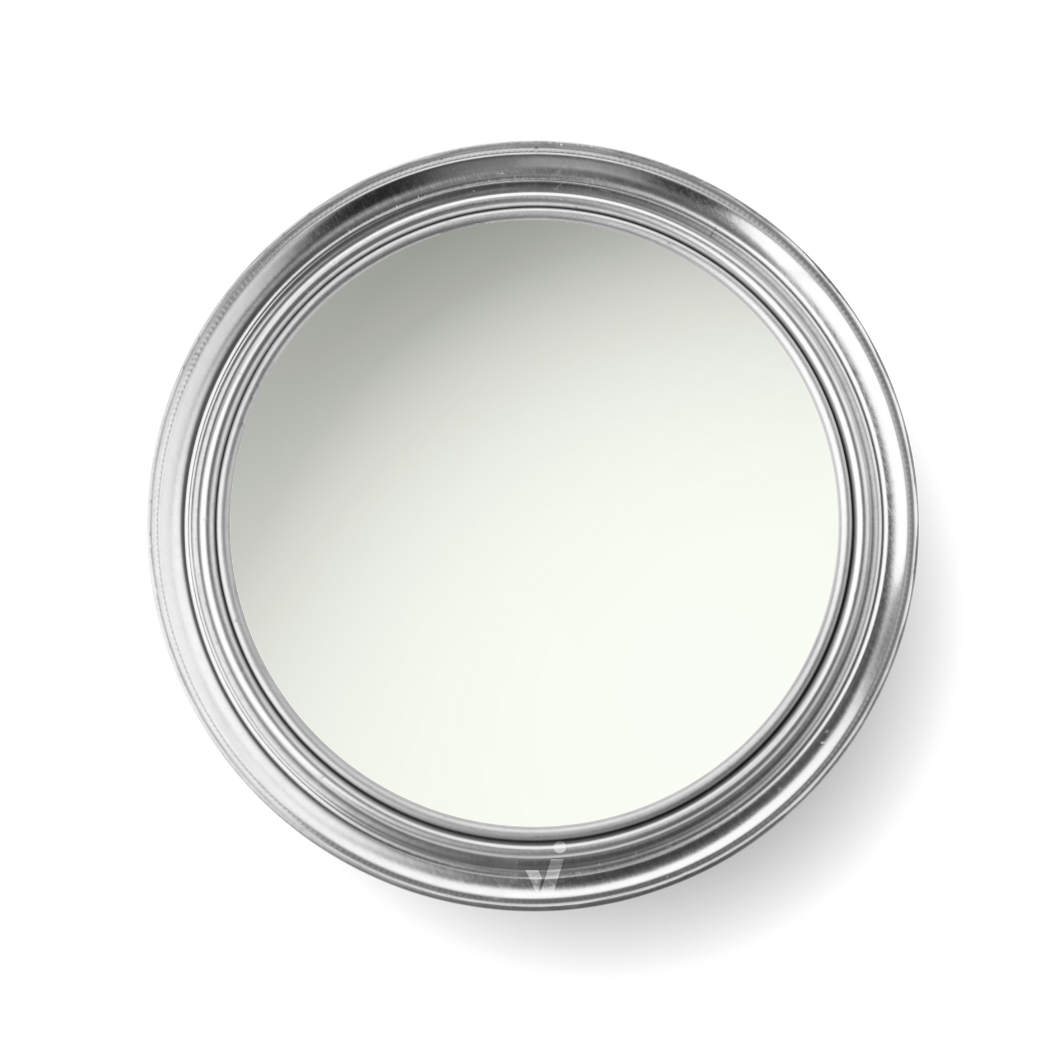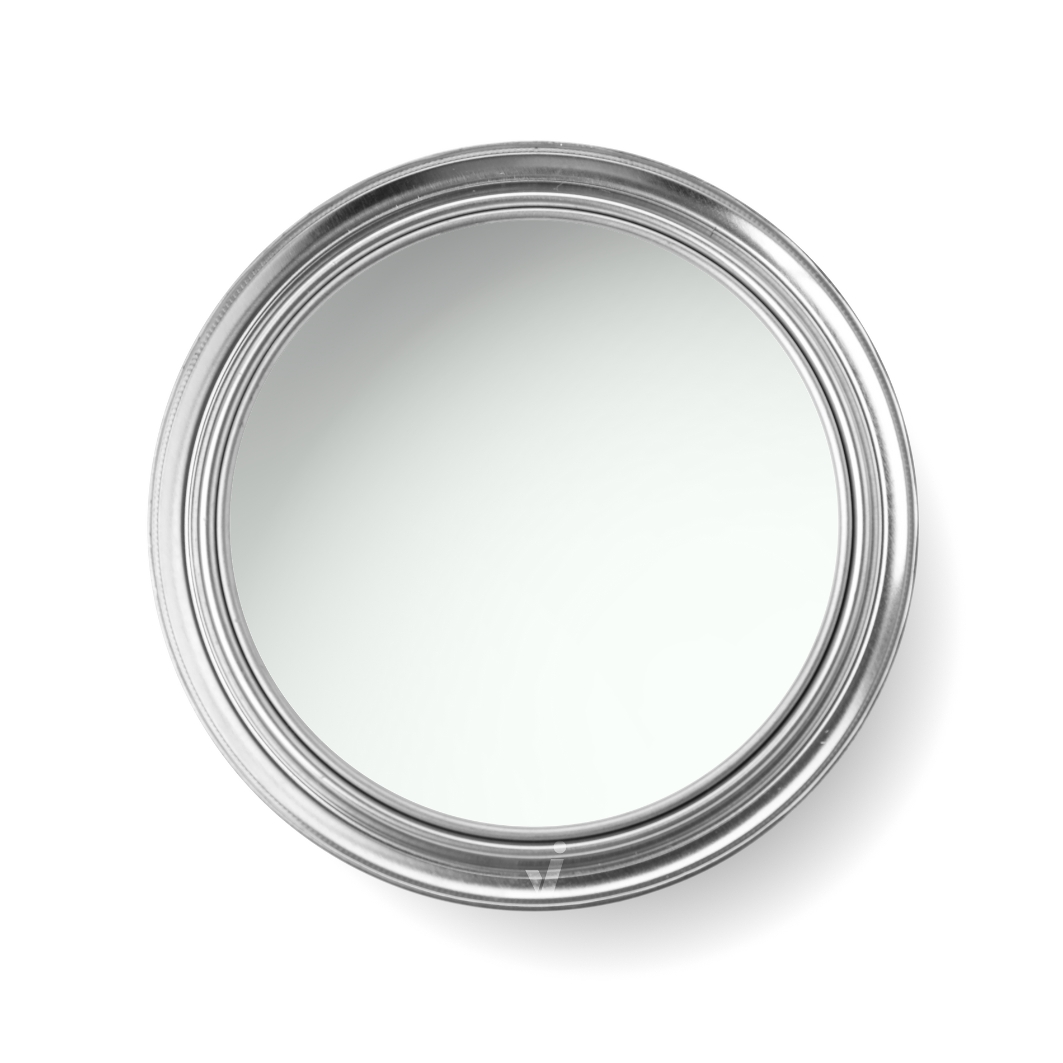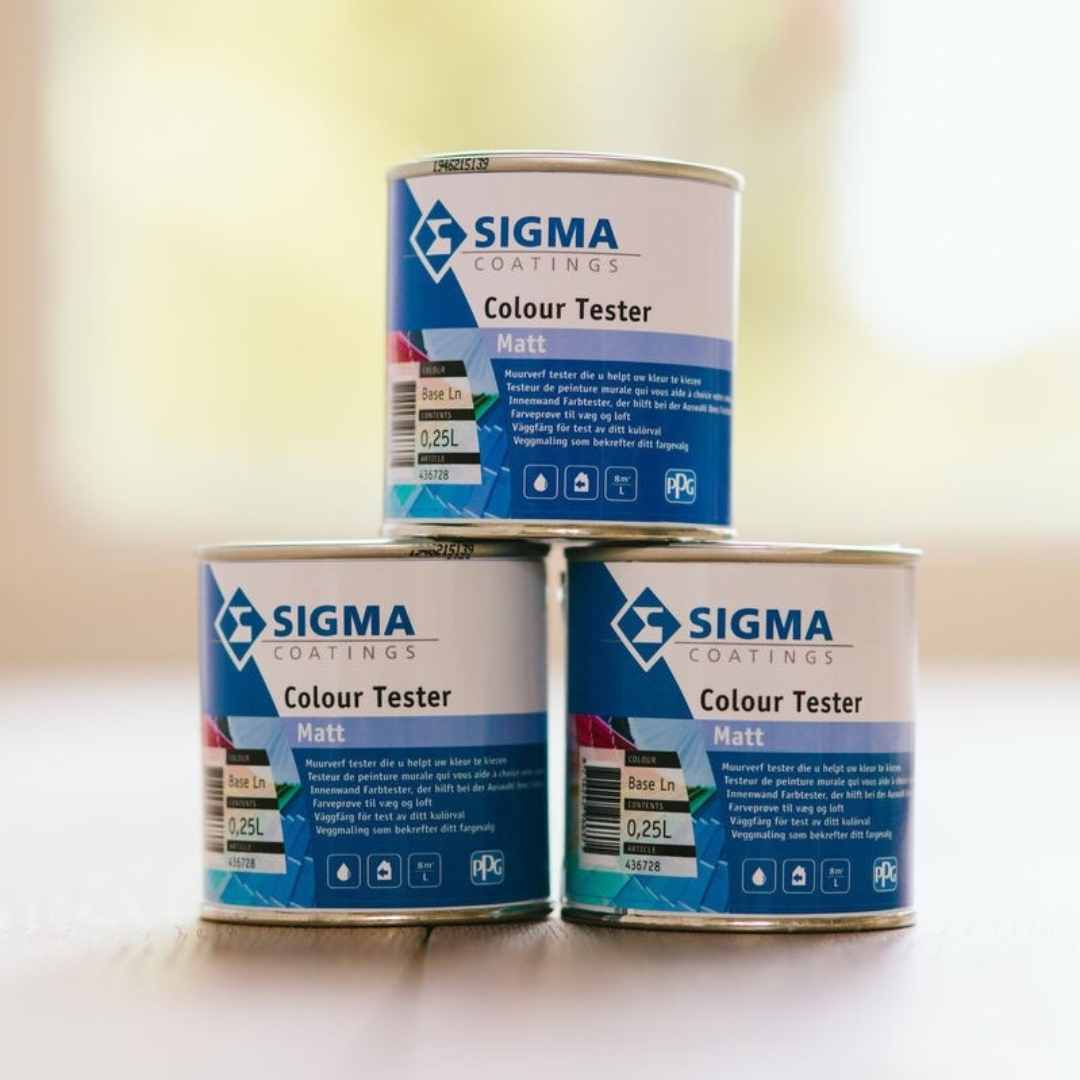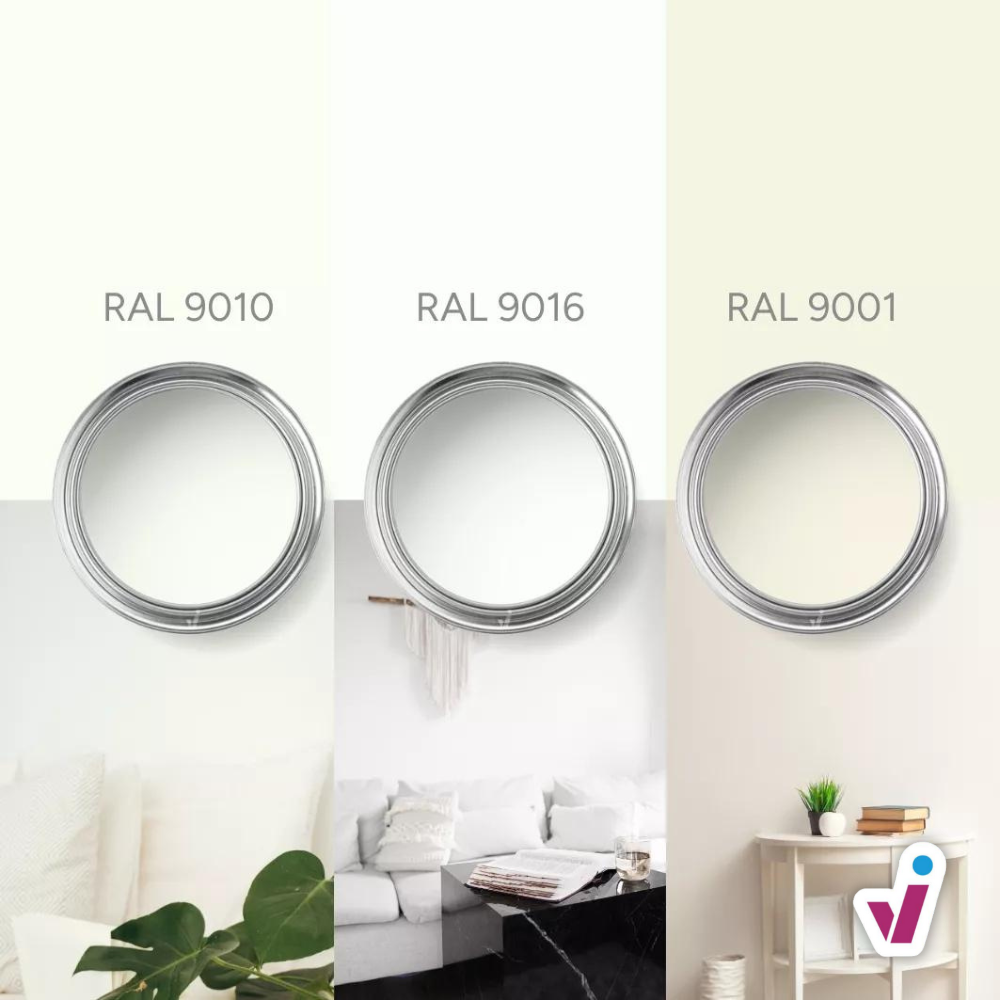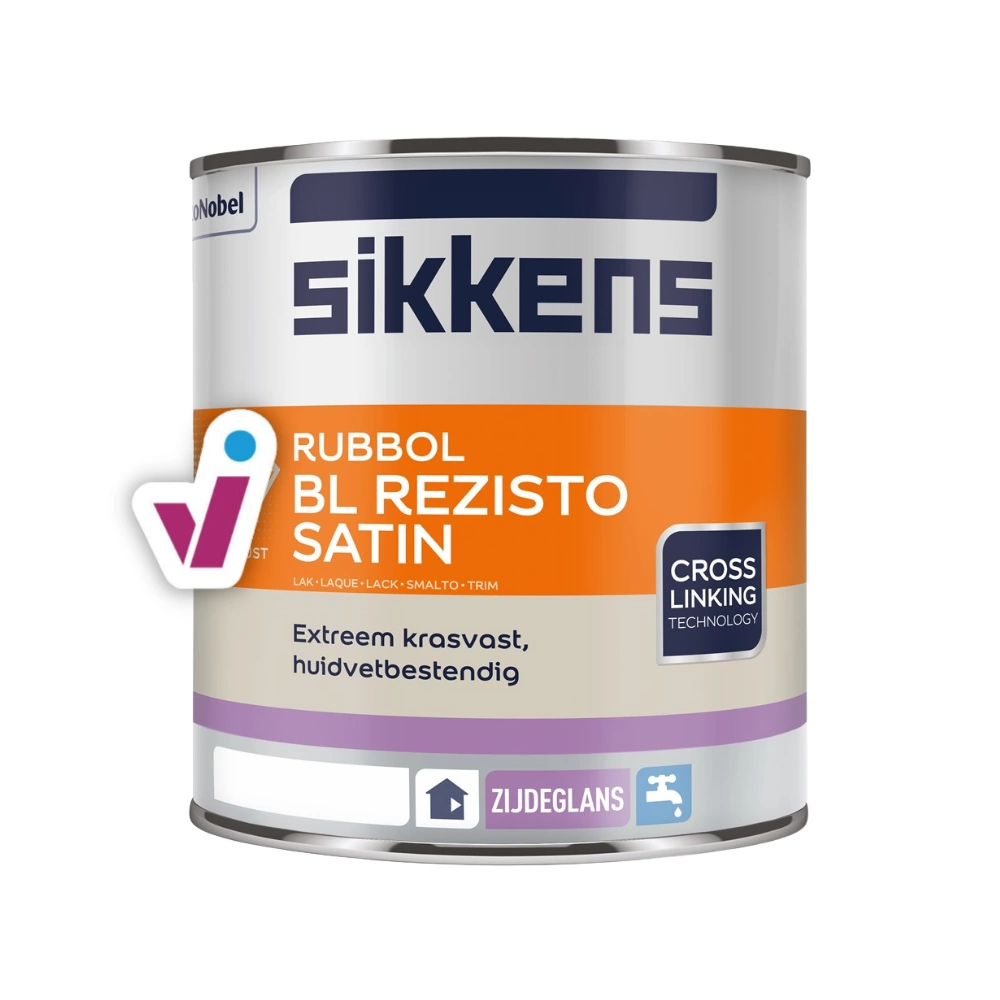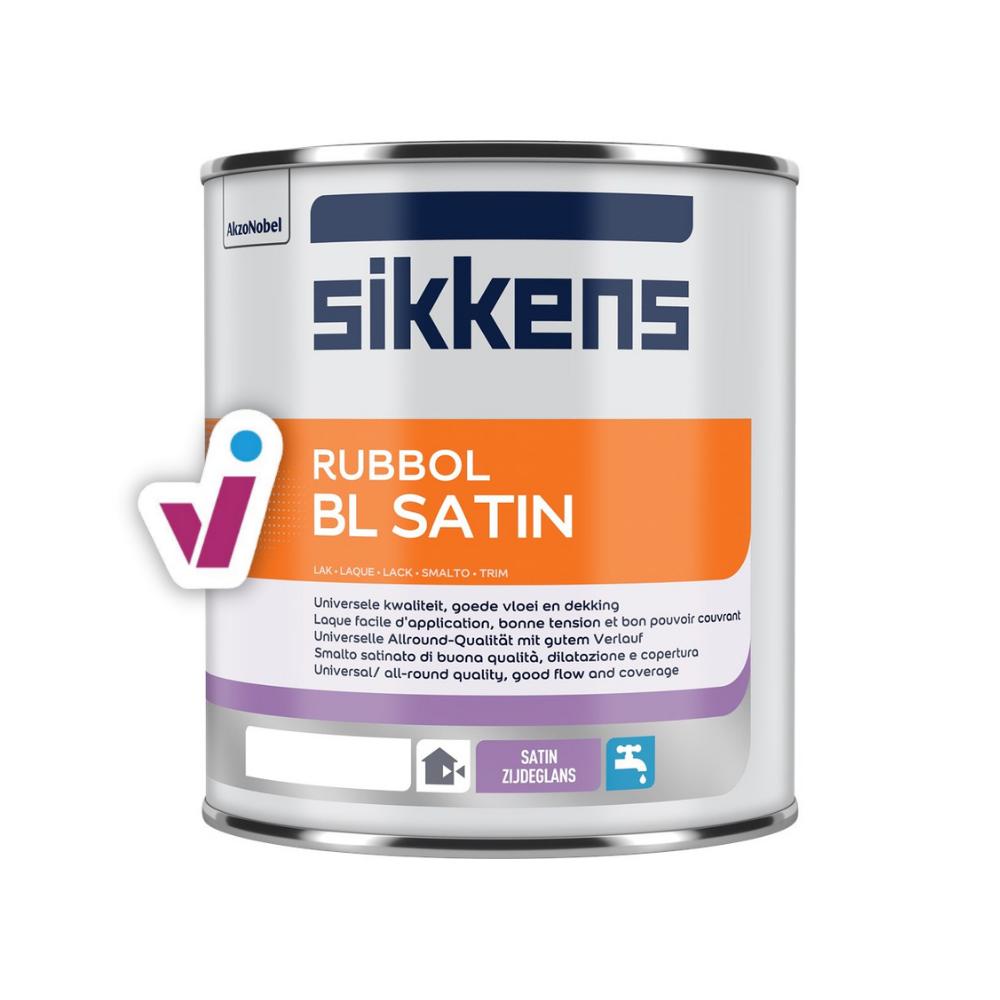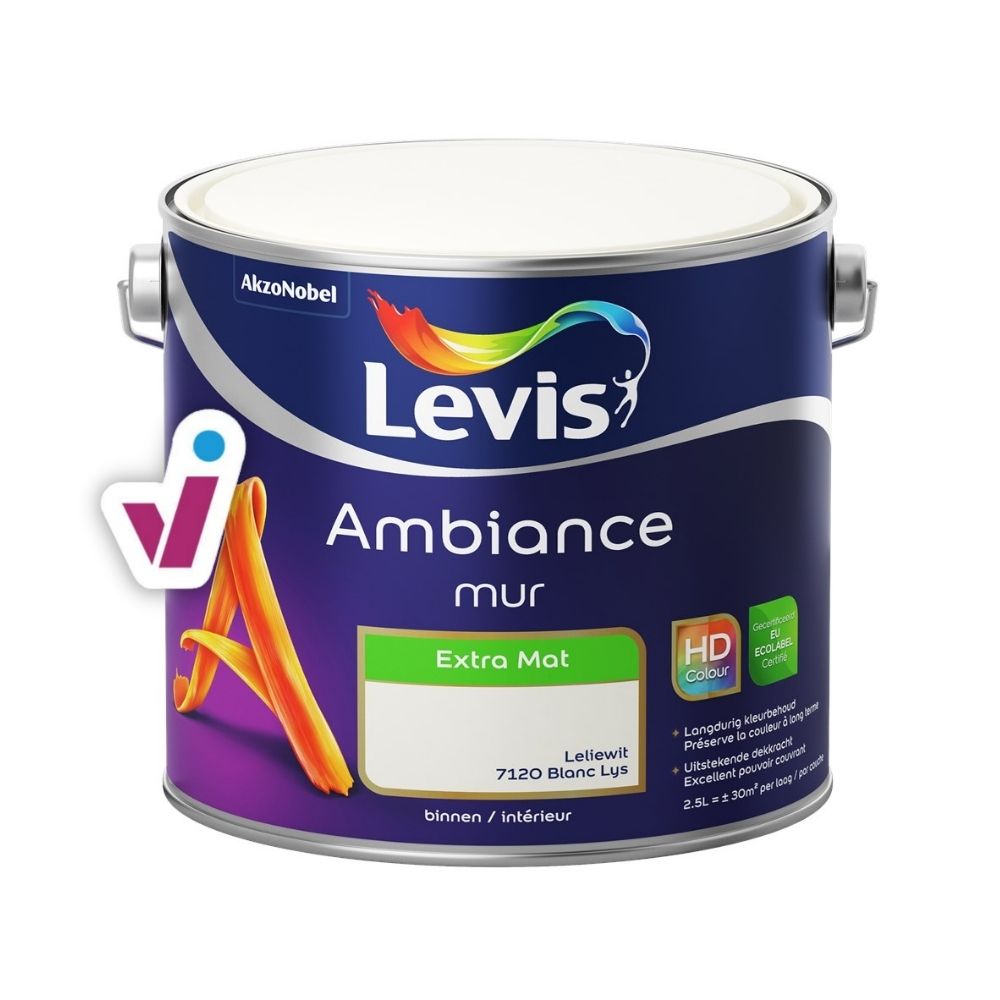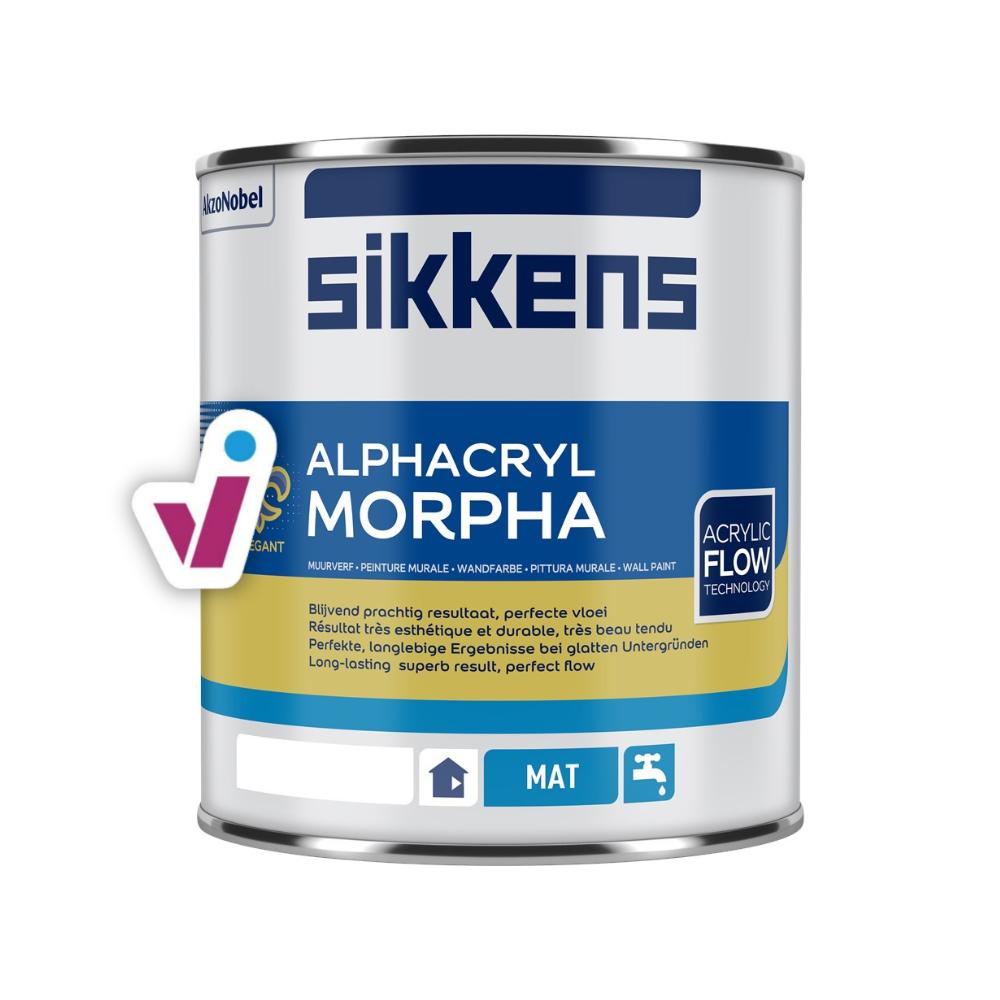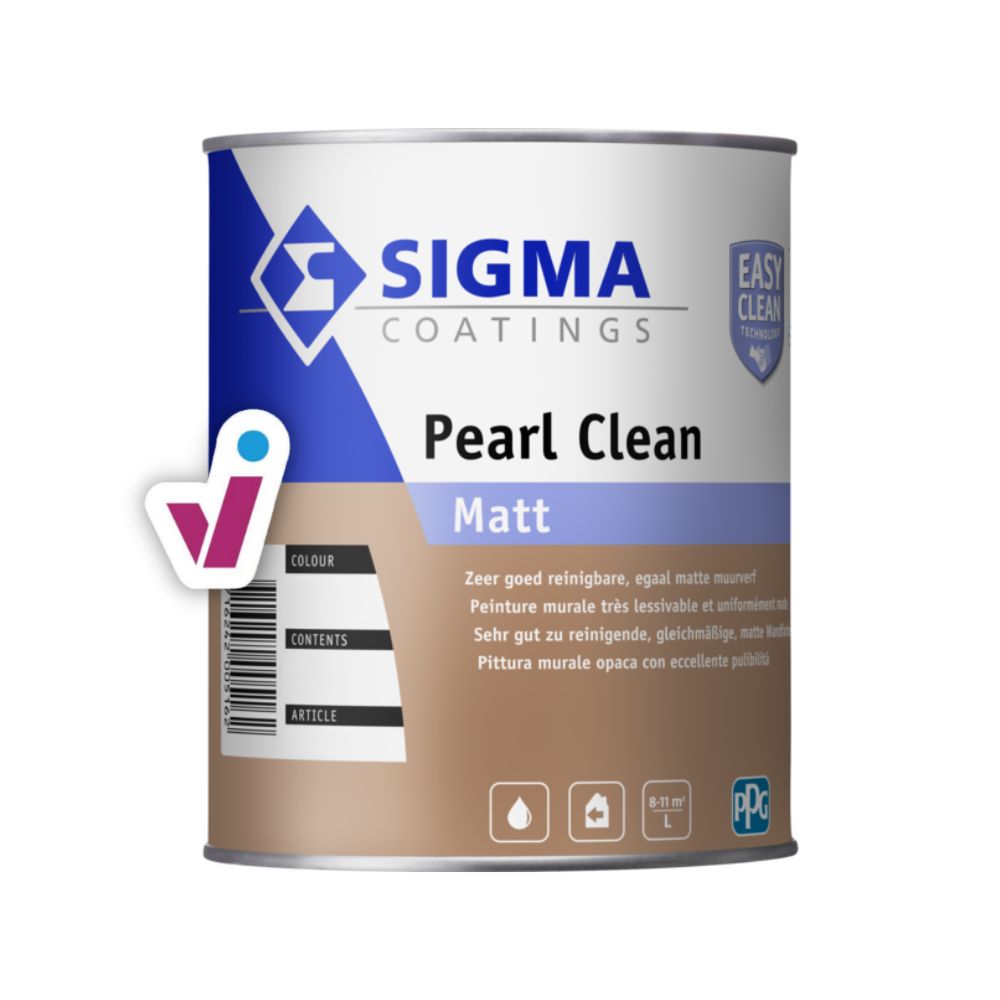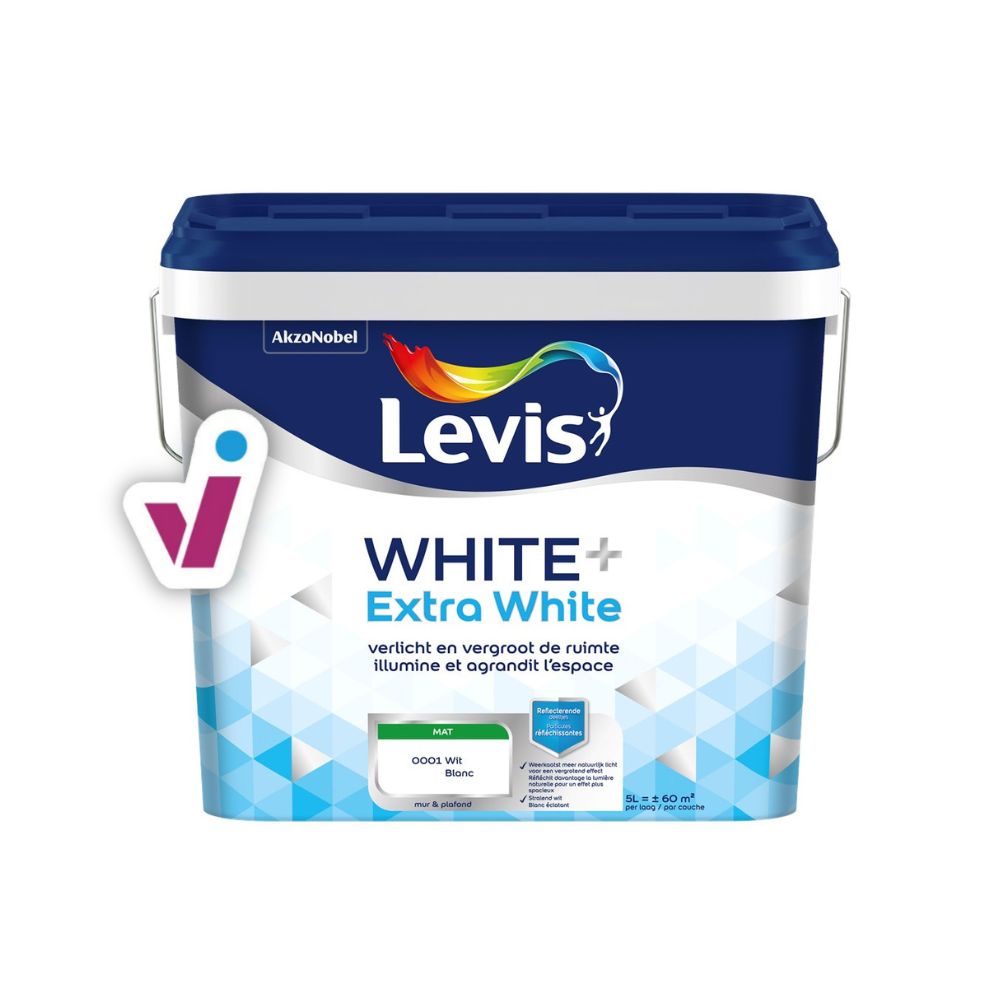White stands for "pure and clean", but it also brings peace and balance to an interior. Not so peaceful probably, will be the process of picking out that perfect shade of white. There are numerous types of white to choose from: ivory, pearl, cream,... In case you're at your "white's end", here's an overview of things to take into account when selecting the shade of white for your walls and ceilings.
RAL 9001, RAL 9010, RAL 9016: where lies the difference?
RAL 9001, RAL 9010 and RAL 9016 are three of the most popular whites in paint. Many people mistake RAL 9010 for the brightest white, as it is named "Pure White", when it actually is more of an eggshell kind of white. Its popularity is due to being a bit warmer and softer than the actual pure white paints, as those don't contain any pigments. RAL 9001 is slightly darker and could even be considered a very light beige. RAL 9016 is more of a greyish white and a bit more cold-toned.
Below, you can see some white RAL colours next to each other for comparison. Keep in mind though that screen representations of these colour are not (always) 100% exact.
For proper colour representation, you should use a colour fan. Alternatively, you could try out RAL 9016, RAL 9010 and RAL 9001 in your home with our white colour tester pack.
That way, you can rest assured you'll have the exact shade of white you intended to have.
Every paint brand also sells a pure white paint with no added pigments. However, this is not used very frequently because the colour is very bright and often feels chilly in an interior.
Effects you can create with white paint
There are a few effects you can create by using white paint. For example, (high) gloss white paint seems to add a sense of depth as you can see in the picture below. Matt white paint is well-known to make rooms appear larger than they really are.
White always blends in and balances out with the colours around it, which can be very handy! Do you happen to have a white wall that looks to cold or too bright? Add natural, warm materials, such as wood, leather or textiles to create a warmer atmosphere.
Just one tricky part, because the magic effect is a two-way street: when you have a bright white wall and a bright red wall next to each other, for example, the white might "take in" the red and look pinkish.
Things that can influence your shade of white
The light from outside or from indoor light sources can have a great impact on the way your white paint colour is reflected off the walls.
Walls that are in bright daylight, for example, are usually better of with a softer, slightly darker white.
The surface and material to be painted might also be of influence and are definitely to be considered in choosing the right shade of white.
The larger the surface, the brighter your white will look.
Our top 5 white wall paint
As you know by now, white is a very frequently chosen colour for the walls. It looks fairly neutral, matches practically any other colour, brings a lightness to the room, and so on. Therefore, many white paints are available.
If only there weren't so many to choose from!
That's why we'd love to help you make your pick, by presenting you our top 5 wall paints in different whites. To each product, we've added an indication of 'how white' it is, i.e. if it's more of a brighter or a warmer shade of white.
Would you love to use whites in you interior, but aren't you exactly sure which ones? Contact our customer service . We'd love to help!
You can also rent a colour fan at Tintrio to compare different shades of white in real life.
Recent blogs
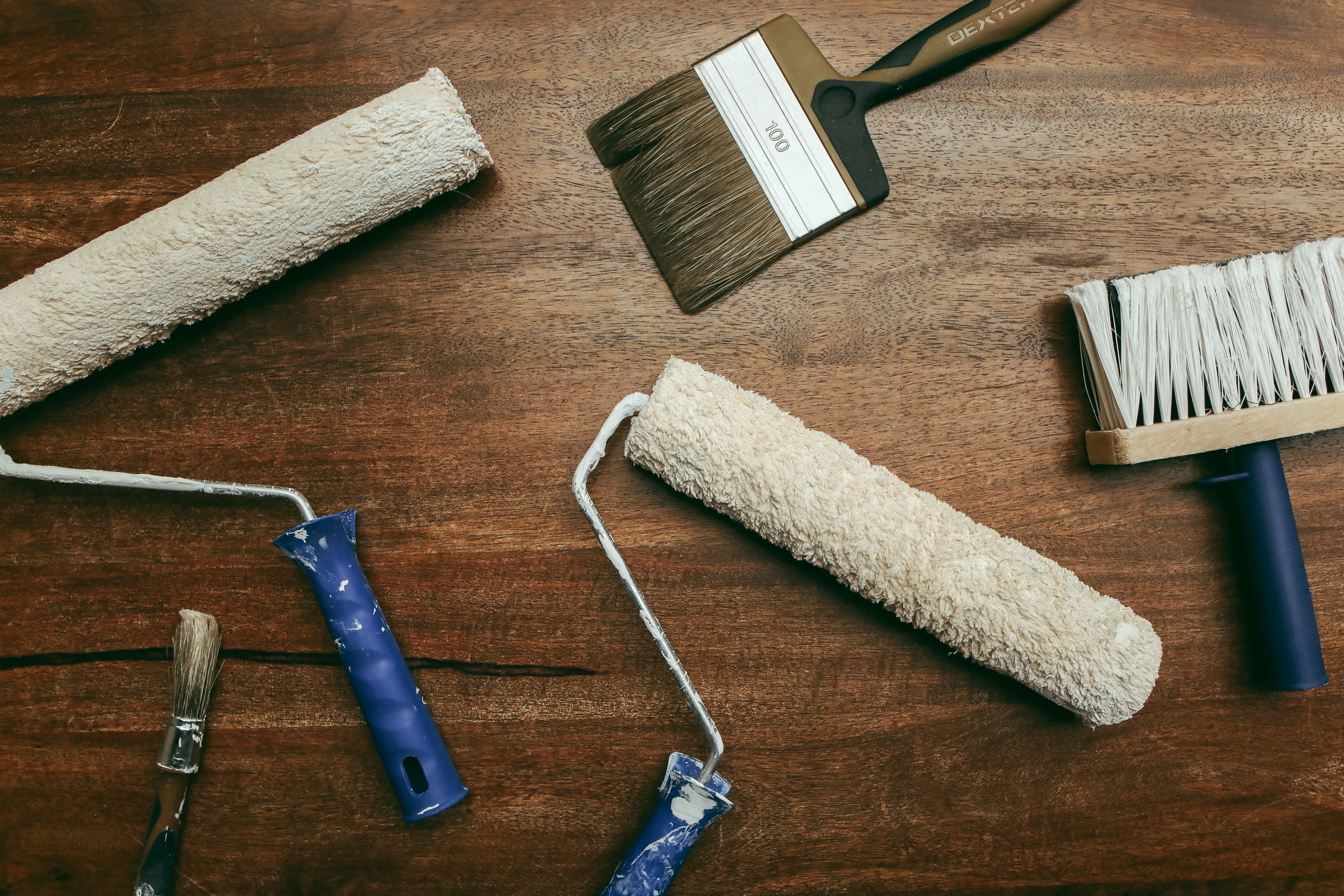
Why good paint materials are so important
Got a painting job ahead of you? Then you better be well prepared and buy the right materials right away.
Because let's face it, a paint brush that leaves hairs behind is not that interesting, is it? The same with a paint roller, it needs to absorb enough paint and ensure as few drips as possible. Well, we help you choose quality material so your paint can really shine!



